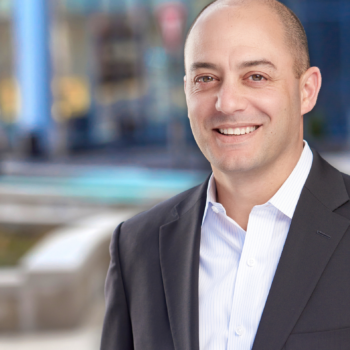This spring, St. Louis Trust & Family Office hosted a Symposium that featured behavioral scientist Bob Nease. Bob is a former professor at Washington University in St. Louis and former chief scientist at Express Scripts. His research and writings on human behavior have many practical applications to our everyday lives… and they’re entertaining.
At our Symposium, Bob shared a thoughtful and clever approach to translating good intentions into positive behaviors, using examples of how we make choices on topics spanning retirement investment, prescription medicine use and commitment to exercise. Many of stories Bob shared are detailed in his book, The Power of Fifty Bits – The New Science of Turning Bad Intentions into Positive Results.
The main premise of the book (and an explanation of the title) is that the human brain processes “10 million bits of information” each second, yet the deliberate decision making part of the brain runs at only 50 bits per second. This emphasis on quick, automatic behaviors rather than slow, deliberate choice reflects behavior that was adaptive to the environment in which the human brain developed. The brain evolved to solve survival problems, not modern dilemmas. Essentially, human brains want us to fit in socially, avoid losses and get immediate satisfaction. We seek those results, even when they aren’t the best choices.
As Bob writes, “humans are wired for inattention and inertia, which in turn leads to a gap between what people really want (were they to stop and think about it) and what they do.”
We chose Bob to speak at our Symposium because human behavior is at the core of St. Louis Trust & Family Office’s investment philosophy. We continually emphasize to our clients that investing is a long-term process and they must remain disciplined in both up and down markets. Listening to the unending stream of news on CNBC or social media will only lead to short-sighted investment decisions, which as we learned from Bob, human brains are wired to make.
If you want to hear directly from Bob, view his TED talk here.


